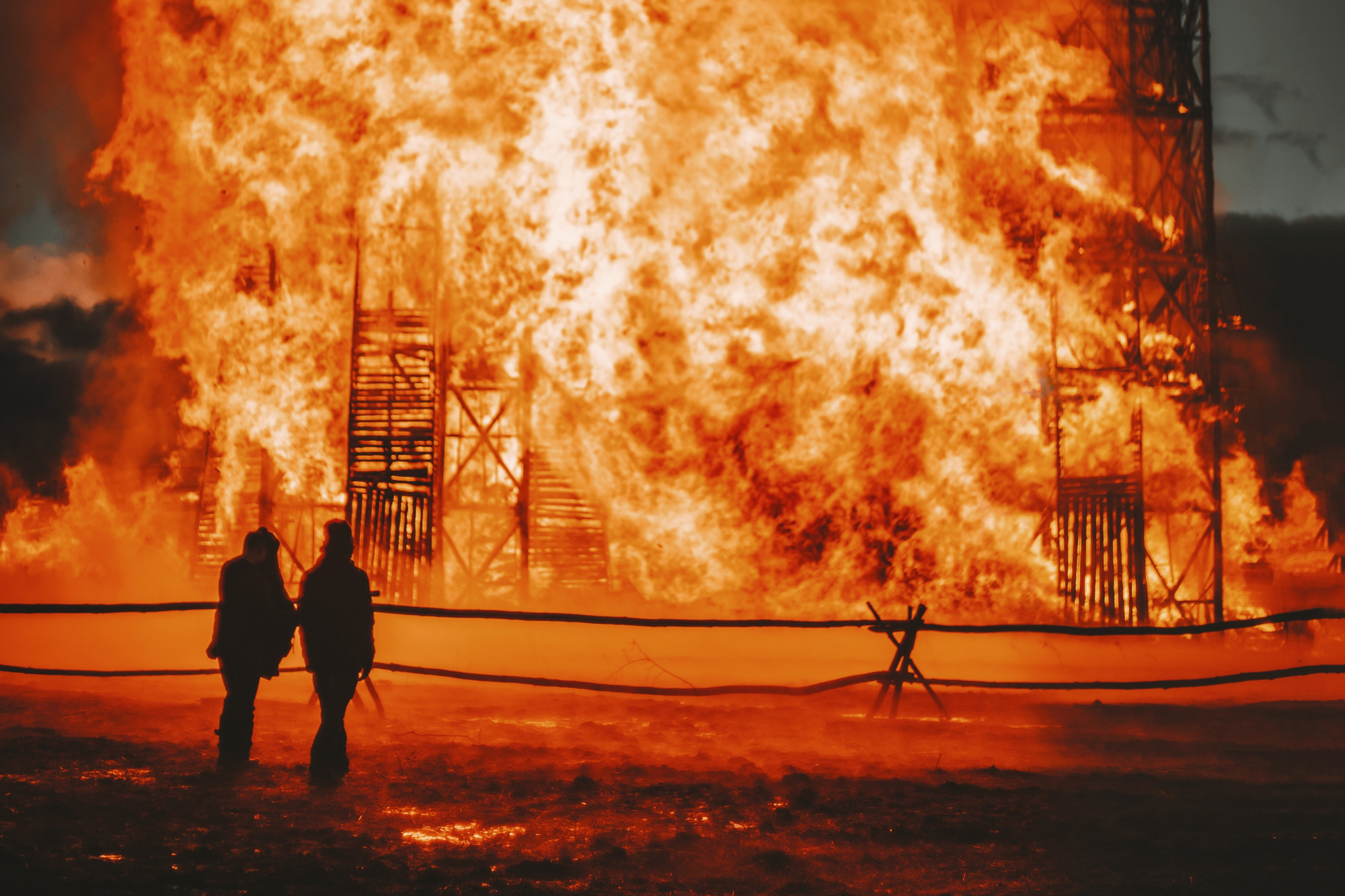Fire emergencies are critical situations that can pose significant risks to the safety and well-being of occupants in buildings, and having a fire evacuation strategy is crucial.

Fire emergencies are critical situations that can pose significant risks to the safety and well-being of occupants in buildings, and having a fire evacuation strategy is crucial.

Understanding human behaviour in such emergencies is crucial for us at Coopers Fire, as it enables our team to design and install effective fire protection measures.
This article will delve into the factors that influence human behaviour during fire incidents and the importance of tailored fire protection solutions.
During a fire emergency, panic can quickly set in, almost always leading to irrational decision-making and potentially dangerous actions. Understanding the psychology of panic is essential for fire protection companies when devising strategies to mitigate its effects.
Panic often arises due to a combination of fear, uncertainty, and a perceived lack of escape routes. The fight-or-flight response kicks in, triggering impulsive behaviours and a burst of adrenaline that can hinder evacuation efforts.
To address panic behaviour, we focus on creating environments that foster calm and clear thinking during emergencies. We achieve this through the installation of fire curtains and barriers that guide occupants towards designated escape routes, minimising confusion and fear.
The layout and design of a building significantly impact how occupants respond to fire emergencies. Factors such as the location of fire exits, the visibility of escape routes, and the presence of obstacles can either facilitate or impede evacuation. Coopers Fire considers these design elements when implementing fire protection systems.
Fire curtains can be strategically placed to compartmentalise areas and prevent the rapid spread of fire and smoke. By controlling the fire’s movement, the fire protection company allows occupants more time to evacuate safely and reduces the likelihood of panic-inducing situations.
People’s perception of fire and smoke can influence their response to a fire emergency. In some cases, individuals may not immediately recognise the severity of the situation, leading to delayed actions. Additionally, the toxic nature of smoke can impair judgement and hinder evacuation efforts.
By installing smoke curtains that restrict smoke movement, smoke is directed away from evacuation routes. This not only improves visibility for occupants but also reduces the potential health risks associated with smoke inhalation.
Properly trained occupants are more likely to respond effectively during a fire emergency. This includes conducting fire drills, providing clear instructions on evacuation procedures, and raising awareness about fire safety.
Not all buildings are the same, and a one-size-fits-all approach to fire protection may not be suitable. For example, high-rise buildings may require different evacuation procedures compared to single-story structures.
By considering the unique characteristics of each building, fire protection companies can develop customised solutions that optimise evacuation efficiency and enhance overall safety.
Understanding human behaviour in fire emergencies is paramount for passive fire protection companies like Coopers Fire.
Coopers Fire provides training and education and works closely with designers and consultants who by delving into the psychology of panic, considering building design, addressing the human perception of fire and smoke and implementing tailored evacuation strategies, can manufacture and install effective fire protection solutions. Through their expertise, these companies play a vital role in safeguarding lives and minimising the impact of fire incidents on buildings and their occupants. Get in touch today to find out more about your fire evacuation strategy.